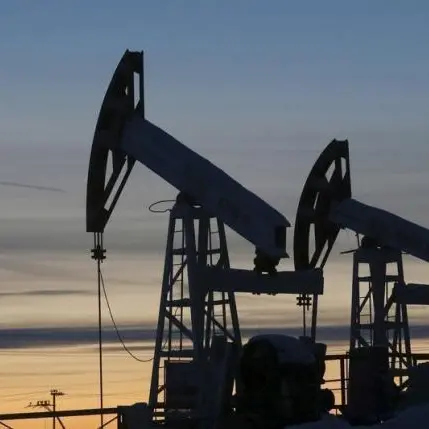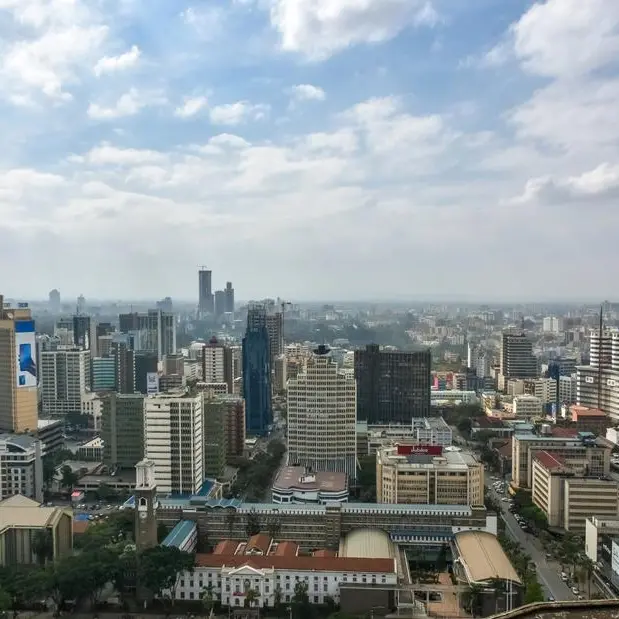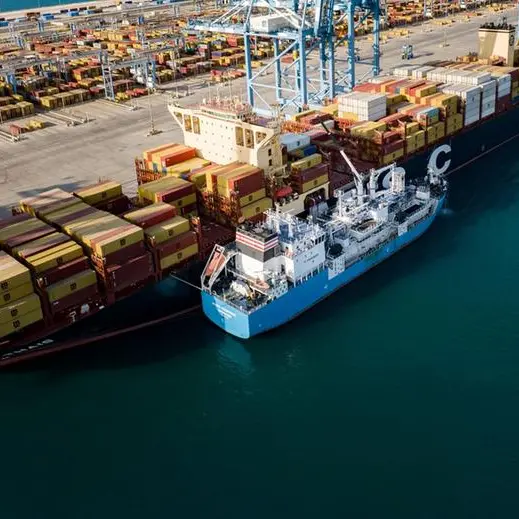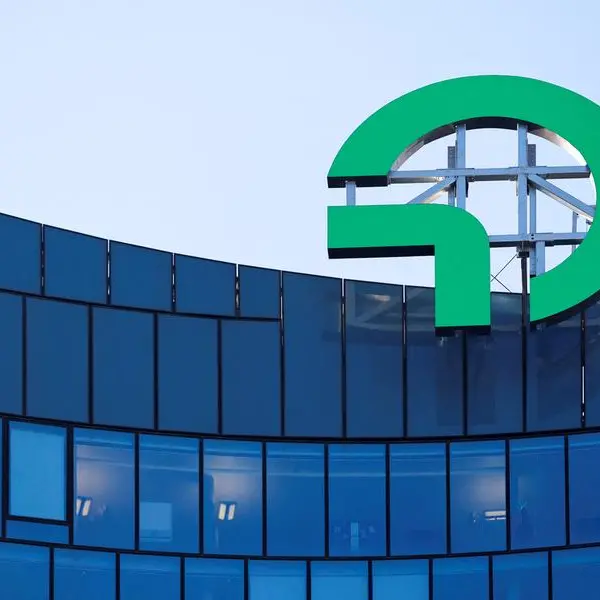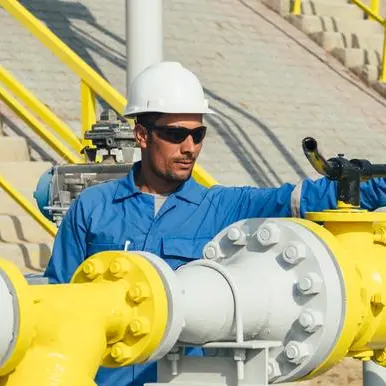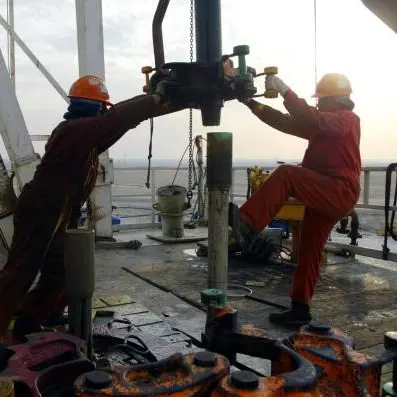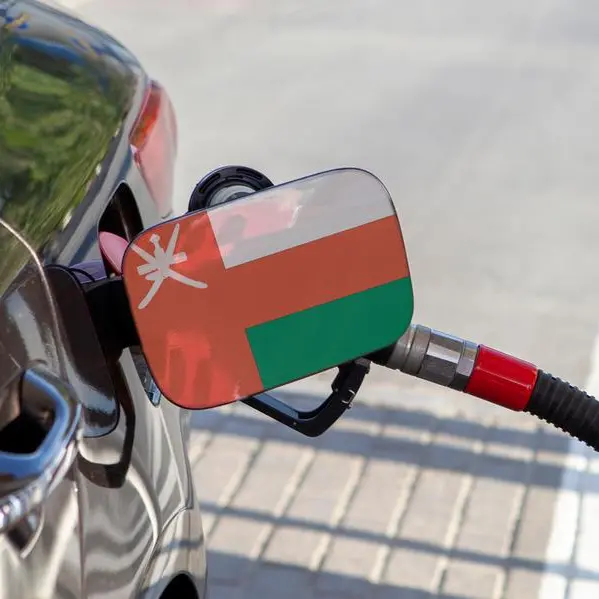PHOTO
Double exposure of technician engineer with safety helmet with oil refinery industry plant background
In recent years, global industries have shown a growing commitment to combating climate change and curbing greenhouse gas emissions, and the oil and gas sector is no exception.
From a regulatory standpoint, there is a growing emphasis on requiring owner-operators to quantify and report their emissions, encompassing both fugitive and operational emissions.
For example, the European Union's methane regulation, which will require domestic oil, natural gas, and coal producers to measure, report, and verify methane emissions, is expected to be made mandatory.
"I believe they want to try and make this a mandatory and live regulation within COP28," said Stephen Beynon, Director of Sales EMEA, Teledyne FLIR.
The US-based company, a top global player in thermal imaging infrared cameras, introduced its optical gas imaging camera identification and documentation of gas emissions, methane included, at ADIPEC 2023 in Abu Dhabi.
Beynon said the EU regulation lays down the frequency of the surveys and different tiers, whether it be country, region, a specific process facility or specific individual emissions such as flaring or cold flaring.
"The regulation also stipulates the levels you need to measure and what size of leak you need to report. The draft copy of the EU regulation indicates a 17g per hour leak rate," he said,
The EU methane regulation also refers to Oil & Gas Methane Partnership 2.0 (OGMP 2.0), the flagship oil and gas reporting and mitigation programme of the United Nations Environment Programme (UNEP).
"The EU regulation is poised to formalise and legalise this framework that is currently voluntary," he said.
Handheld to fixed-mount
Benyon said the regulatory requirement concerning monitoring, measuring and reporting oil and gas industry emissions in the EU and other jurisdictions would be the key driver for the company's high-tech optical gas imaging cameras.
"Our latest series of optical gas imaging cameras set a new standard by incorporating on-board quantification, empowering our customers to be more efficient in reporting their emissions," he said, adding that Teledyne FLIR offers cloud-enabled reporting through its flare ignite cloud and third-party cloud systems.
However, of even greater importance, it will provide situational awareness.
"A picture speaks a thousand words, but a picture is just a single snapshot. What about a video? This is where optical gas imaging comes in and provides you situational awareness to determine whether it is a safety-critical event or not."
According to Benyon, the next evolution of optical gas imaging technology is to move from handheld to fixed-mount solutions. At present, optical gas imaging cameras are typically operated handheld, with technicians or engineers inspecting the plant for leaks to address safety concerns and comply with environmental regulations.
"But what about when the operative is not doing the surveys? So a fixed mount solution will be very important from a safety perspective," he noted.
He stated that the solution would be comprehensive, enabling the identification of leaks, triggering alarms when necessary, and facilitating precise quantification.
AI and deep learning
However, in the realm of the handheld, the operator is the brain and intelligence behind the system. To replicate this level of expertise and intelligence in a fixed mount system, deep learning and Artificial Intelligence (AI) will come into play, emphasised Benyon.
"At the end of the day, when we talk about optical gas imaging, we're talking a lot about nature, how to mitigate the influences and changes of nature, changes in Solar Loading, Delta T, the wind and things like that. It is critical to have analytics that can mitigate against false alarms, and equally important, it takes a lot of deep learning and machine vision to feed the AI, which is fundamentally going to give you those analytics and enable the mitigation of any false alarm conditions."
He stressed that successful deployment is critical so that it doesn't generate false alarms.
"When false alarms become a routine, people tend to disregard them, which can have serious consequences when a genuine alarm finally does occur," he noted.
Commenting on the regulatory direction in the Middle East, Benyon noted that historically, the focus has predominantly been on adhering to US regulations.
"But I recently presented at an emissions conference in Barcelona, where I noticed a sustained interest from operator-owners in the Middle East regarding Europe's regulatory practices," he said.
He said the United States is concerned with concentration levels measured in parts per million (PPM), while in Europe, the emphasis lies on volumetric or mass flow rates, as in grams per hour.
He admitted that it remains unclear whether the Middle East will align with the US guidelines, adopt the EU regulations, or pursue a hybrid approach that combines elements from both.
(Reporting by Anoop Menon; Editing by Dennis Daniel)
(anoop.menon@lseg.com)
Subscribe to our Projects' PULSE newsletter that brings you trustworthy news, updates and insights on project activities, developments, and partnerships across sectors in the Middle East and Africa.

